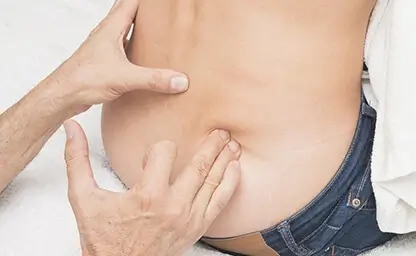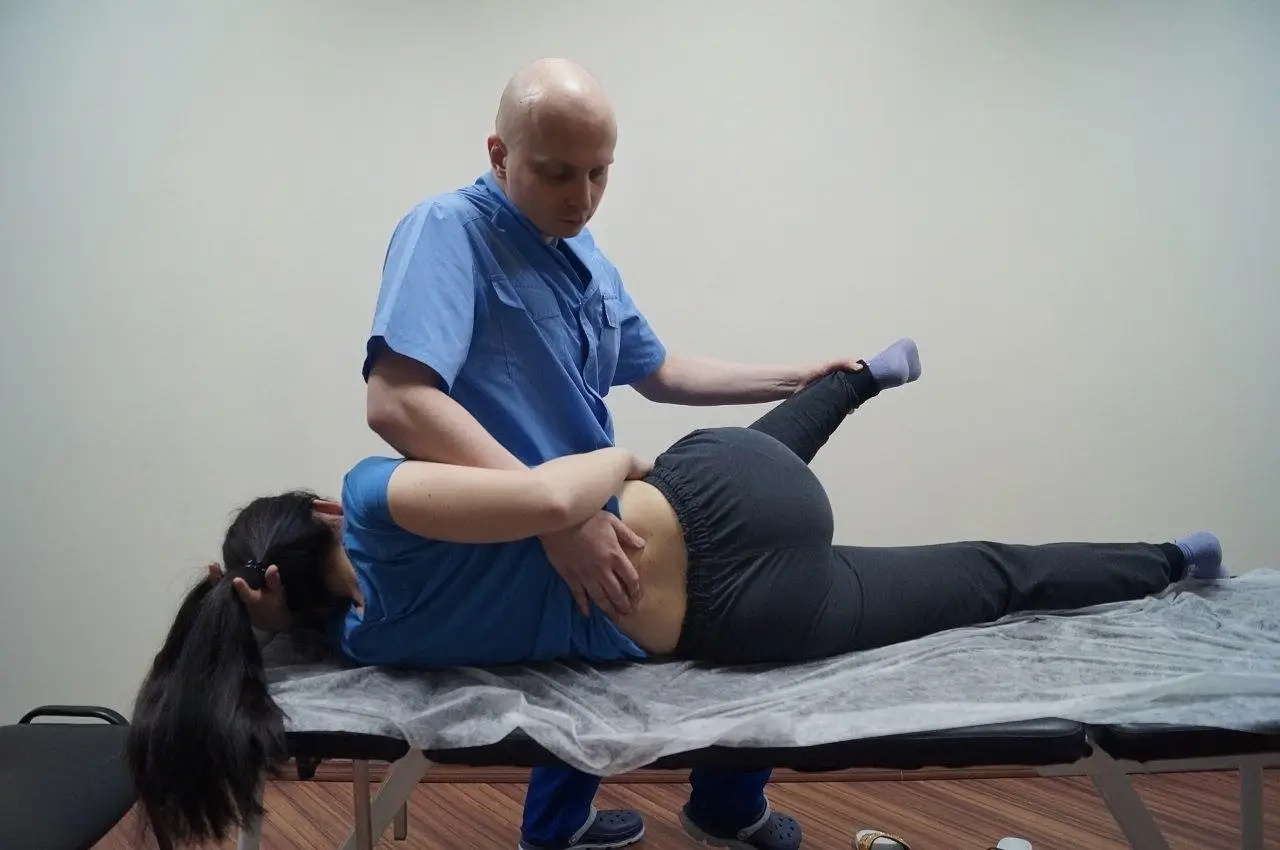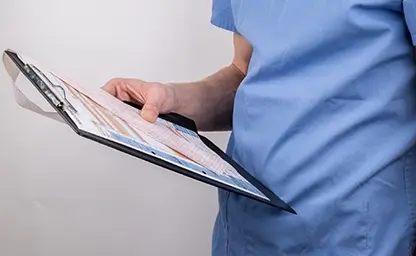

Soft tissue massage techniques
SOFT TISSUE TECHNIQUE
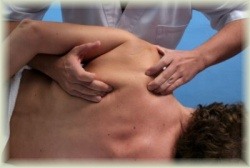 Soft tissue massage techniques may seem simple at first glance, but they actually form the foundation of osteopathic therapy. Though preparatory in nature, these techniques can have profound therapeutic effects on their own. With proper application, soft tissue work can be sufficient as a standalone treatment for many conditions.
Soft tissue massage techniques may seem simple at first glance, but they actually form the foundation of osteopathic therapy. Though preparatory in nature, these techniques can have profound therapeutic effects on their own. With proper application, soft tissue work can be sufficient as a standalone treatment for many conditions.
Soft tissue techniques allow restoring normal muscle tone, fascia elasticity, normal pressure in the sheaths of the neurovascular bundles, mobility of all joint elements. All this allows to achieve the state of optimal homeostasis.
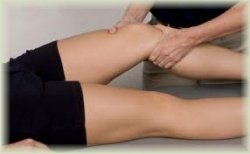 Before moving on to targeted joint manipulations, soft tissue preparation is essential. The goal here is maximum relaxation of the muscles, fascia, and other tissues surrounding the joints. This allows the osteopathic practitioner to better sense tissue tensions and movement restrictions. With the “noise” of tight structures removed, true joint dysfunction can be isolated. A strong foundation in anatomy, physiology, and biomechanics is necessary to correctly apply soft tissue techniques in this preparatory fashion.
Before moving on to targeted joint manipulations, soft tissue preparation is essential. The goal here is maximum relaxation of the muscles, fascia, and other tissues surrounding the joints. This allows the osteopathic practitioner to better sense tissue tensions and movement restrictions. With the “noise” of tight structures removed, true joint dysfunction can be isolated. A strong foundation in anatomy, physiology, and biomechanics is necessary to correctly apply soft tissue techniques in this preparatory fashion.
The basic massage techniques
Kneading. Usually it is a slow rhythmic movement, combined with a slight pressure on the tissues. The peculiarity of kneading is the direction of application of the doctor's forces in relation to the direction of the muscle fibers. The doctor's influence is perpendicular to the direction of the muscle fibers.
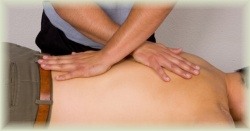 Stretching. This is also a slow, rhythmic technique used to separate muscle attachments, stretch ligaments, release fasciae, membranes, etc. Amplitude is most important in this technique. It can be small (for stretching intra-articular structures or isolated poses of pronotal segments) and large (for stretching external structures of any joint or region of the spine). A detailed knowledge of the attachments of the stretched structure is very important, one could say, crucial.
Stretching. This is also a slow, rhythmic technique used to separate muscle attachments, stretch ligaments, release fasciae, membranes, etc. Amplitude is most important in this technique. It can be small (for stretching intra-articular structures or isolated poses of pronotal segments) and large (for stretching external structures of any joint or region of the spine). A detailed knowledge of the attachments of the stretched structure is very important, one could say, crucial.
Rhythmic traction. By this name, we refer to rhythmic attempts to separate and release articular surfaces and to stretch intra- and periarticular structures in order to achieve equilibrium at these levels. Another important feature of rhythmic traction is the ability to affect intra-articular fluid and cartilage nutrition.
Inhibition. In practice, this technique is a slow and deep pressure on a very small area followed by a slow and gradual loosening. Inhibition is usually applied in areas near muscle attachments or in areas of the body where an inhibitory effect is needed. The technique is often used for muscle spasms. It can also be used to act on trigger points.
Vibration. Represents rapid oscillatory movements. Vibration is rarely used, usually when working with cavitary structures.
Effusion. This soft tissue technique is borrowed from massage. It represents light slow rhythmic movements carried out by the doctor's hands.
Benefits of soft tissue massage techniques
- Reduced pain – Techniques like massage, myofascial release and trigger point therapy calm pain signals.
- Increased mobility – Stretching tight or shortened muscles and fascia improves joint range of motion.
- Improved circulation – Massage enhances blood flow to promote healing.
- Restored flexibility – Massage techniques, myofascial release and muscle energy lengthen stiff, shortened tissues.
Indications and Contraindications
Soft tissue techniques may be helpful for musculoskeletal pain, restricted mobility, spasms, strains, scar tissue, stress and anxiety. They can be used preventatively to maintain flexibility and muscle balance.
They are generally safe when applied appropriately by a skilled practitioner. However, they are contraindicated in patients with diseases causing fragility of the skin, bone or connective tissue. Caution should be used over areas of infection, fractures, tumors or advanced osteoporosis.
Differences from Manipulative Manual Therapy
The goal of manipulative manual therapy, such as chiropractic or osteopathic adjustments is to increase mobility and correct joint dysfunctions or misalignments. By comparison, soft tissue techniques apply gentler, slower sustained pressure and stretches. The goal is to relieve pain, relax muscles and improve mobility. Soft tissue massage techniques are not intended to replace manipulative therapy when it is clinically indicated, but rather complement it. Using soft tissue techniques as preparatory or follow-up methods to manipulations may enhance outcomes and reduce risks.
☛ Autogenic training benefits.
☛ Stecco method of fascial manipulation.
